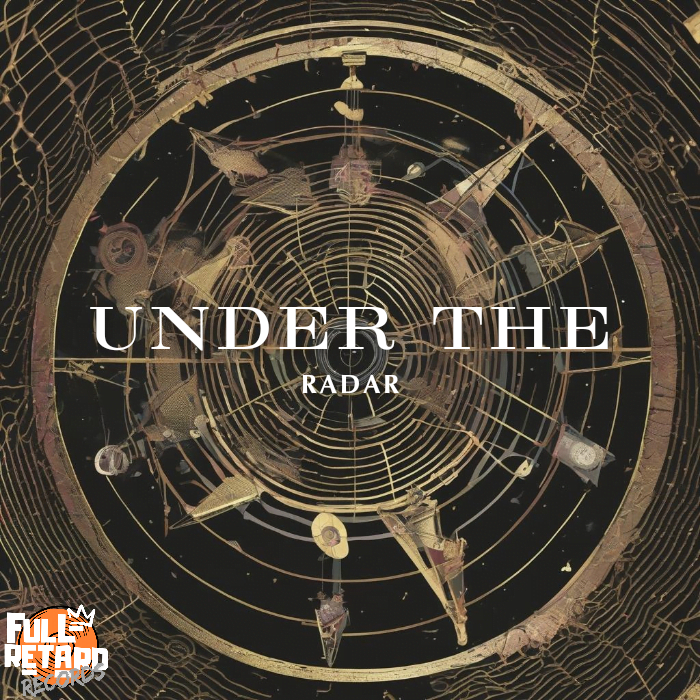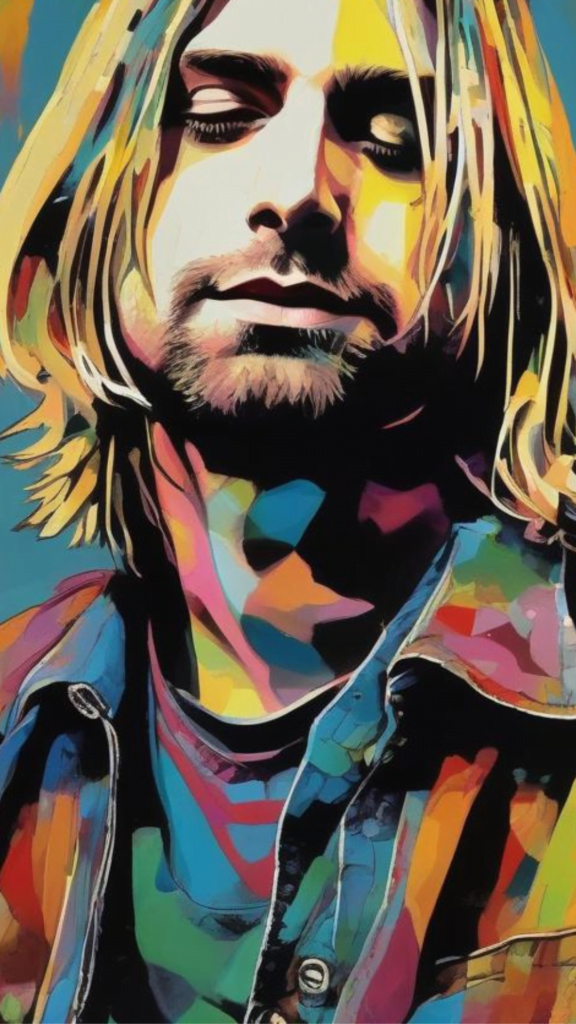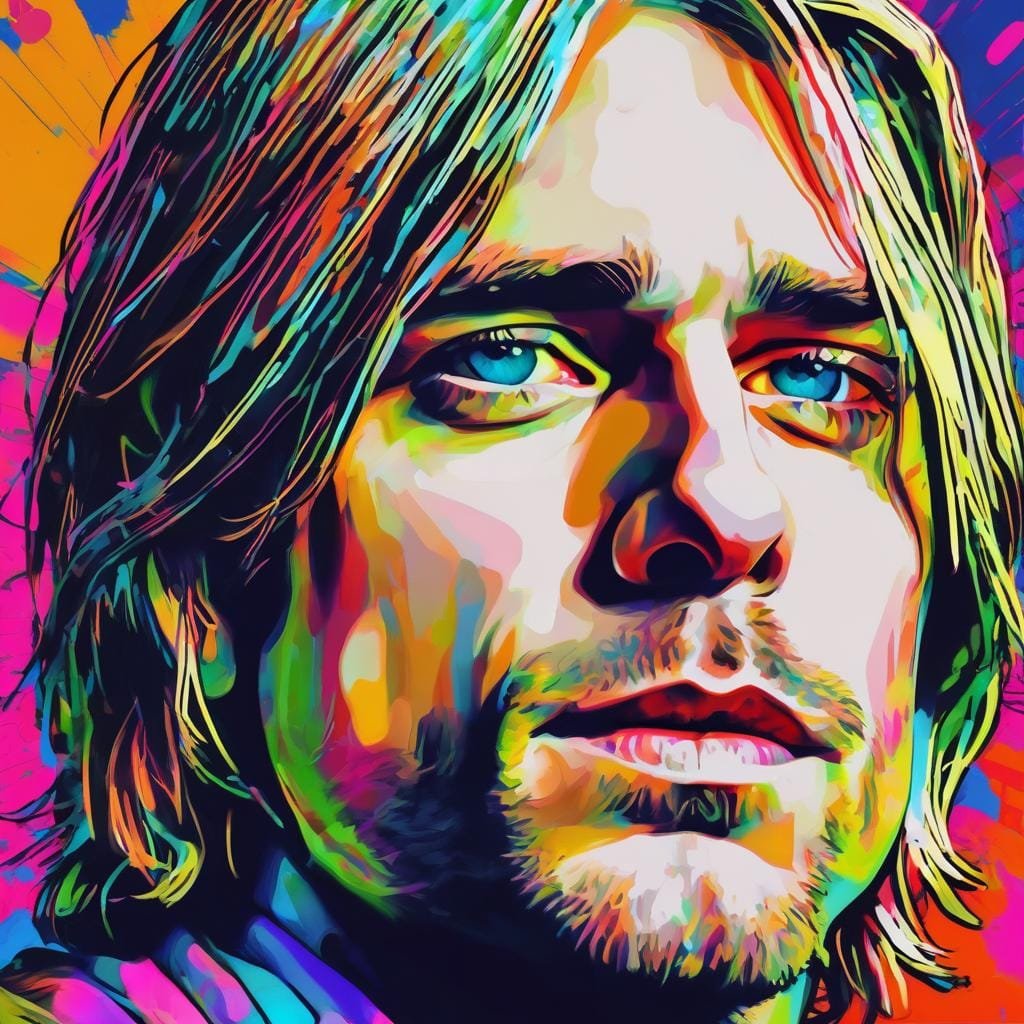OUR STORY
Cobain lives
Chapter 1 – Under The Radar

Cobain lives
Kurt Cobain has just ingested enough heroin to kill an elephant. He stabs the pen through his note and into the pot. Picks up the shotgun and with a tear streaming down his cheek…He says goodbye. CLICK, he shakes the gun and tries again. CLICK. What the fuck is wrong with this thing he thinks to himself in frustration. No sooner had that thought passed through the billionth synop and Kurt began to feel weak, drowsy, he began to nod. The drugs were taking hold and he passed out using the gun to prop him up, but eventually falling on the ground.
After Kurt Cobain’s failed suicide attempt, he wakes up in a haze, confused but alive. The overdose had left him disoriented, but there was a faint relief in the fact that the shotgun hadn’t fired. Cobain’s mind was still fractured, but something inside him shifted that day. He realized he had been given a second chance—whether through fate, luck, or sheer mechanical failure…

Over the next few weeks, Kurt found himself in rehab, isolated from the pressures of fame and the music industry. With visits from his wife Courtney Love and daughter Frances Bean, Kurt began to see glimpses of the life he’d almost left behind. The bond with his daughter strengthened during these healing months, and being a father became the anchor that kept him grounded. Frances’ laughter and innocence were reminders of something purer and more meaningful than the chaotic swirl of fame he’d been drowning in.
As Kurt gradually healed physically and emotionally, a trusted therapist suggested that he explore ways to stay connected to music without the weight of being Nirvana’s frontman. The idea of stepping aside from the spotlight and creating music quietly intrigued him. He had grown tired of the fame that Nirvana brought and craved the freedom to just be an artist again, without the suffocating expectations.
One evening, while browsing through an old record collection, Kurt stumbled upon a single by a small, unknown British band called Royal Pigs. The song, “Johnny Moonbeam,” resonated with him in a way that few songs had in recent years. There was something raw and whimsical about it, something free from commercial pressures. Kurt latched onto the name “Johnny Moonbeam,” and it sparked a thought—what if he created an alter ego and started over?
In the coming months, Kurt quietly began reconnecting with old friends and new musicians, finding solace in their shared passion for the art. No longer the centerpiece of attention, he collaborated on demos, played guitar, and wrote lyrics with several bands—never as Kurt Cobain, but as Johnny Moonbeam. It allowed him to disappear from the frenzy of his former life while still doing what he loved. The first group he clicked with was a rough-around-the-edges punk band called The Screaming Fleas. They were unknown, unsigned, and raw—exactly what Kurt needed.
Their chemistry was instant, and Kurt, now Johnny Moonbeam, found a quiet joy in shaping the band’s sound. The first single they worked on together was called “Under The Radar,” an anthem for the overlooked and unheard, something Kurt had always felt deeply. It was cathartic—angsty, yet melodic, capturing that blend of hope and frustration that had always defined his best work. Kurt played guitar and sang backup, letting the lead vocalist take center stage while he observed from the shadows.
In the year and a half that followed his overdose, Kurt’s life took on a peaceful rhythm. He moved to a small, unassuming house near Seattle, spending time with his daughter and writing more than ever before. He collaborated with several bands, each one different in style—some grunge, some folk, and even a bit of indie rock. Johnny Moonbeam became a myth in underground music circles, a mysterious figure that no one could quite pin down. He embraced the anonymity, loving the idea of being involved without the chaos of fame.
In September 1995, The Screaming Fleas announced their upcoming EP, Under The Radar, though it wouldn’t feature the single itself. Kurt had decided the track was too personal to include. Instead, it became a cult hit, passed around in bootlegs and underground scenes, its true origins known only to a few. Kurt reveled in the irony—after spending years under the suffocating glare of stardom, he was now thriving creatively, completely “under the radar.”

By the time the EP was released, Johnny Moonbeam had become a hidden force in the music world, leaving fans and critics alike guessing as to who this elusive figure really was. Kurt was free, alive, and quietly shaping the future of alternative music from behind the curtain, finding solace in the one thing he always loved—creating, without the weight of expectation.

1994-1996
From 1994 to 1996, Johnny Moonbeam, the alter ego of Kurt Cobain, embraced a life away from the limelight. After surviving a near-fatal overdose in 1994, Kurt reinvented himself, healing from addiction and the pressures of fame. Under his new persona, he quietly collaborated with lesser-known bands, working as a songwriter and guitarist. This period was marked by creative freedom and anonymity as Johnny Moonbeam contributed to underground music scenes, blending genres from punk to indie rock.
Living a simpler life, Kurt spent time with his daughter, Frances Bean, and focused on music from behind the scenes, allowing him to rediscover his passion for art without the chaos of fame. The myth of Johnny Moonbeam grew among fans and musicians, as he remained an enigmatic, incognito force shaping the sound of the mid-’90s alternative scene.




To be continued…


Chapter two 1997 – 1998 working with shrub

In 1997, Johnny Moonbeam—Kurt Cobain’s hidden alter ego—felt a growing sense of purpose as he began working with an emerging band called Shrub. The group, a blend of grunge and introspective alt-rock, drew Johnny in with their raw, aching sound and their own quiet rebellion against the mainstream. Their songs were full of melancholy, as if every lyric echoed Johnny’s own struggles. Together, they recorded an EP titled Empty Hands, with five tracks that bore Kurt’s unfiltered honesty, yet retained the voice of Shrub’s frontman, who took the spotlight while Johnny lingered in the background.
The standout track, “Beneath The Skin,” was hauntingly reflective, and against all odds, it reached #7 on the Rock Charts. Its success caught the attention of the industry, especially during a time when alternative music was riding the last big wave of grunge, while new sounds were starting to emerge. This marked a major milestone for Shrub, and they were soon invited to join the tour circuit with bands like Foo Fighters and Garbage, both of whom were climbing their own paths to fame in the late ’90s.

Johnny worked closely with Shrub on their tour, joining them as a shadowy figure in the background. During this period, he started to quietly collaborate with other bands, never revealing his identity as Kurt Cobain. He joined sessions with the Foo Fighters, whose frontman Dave Grohl was unaware of Johnny’s true identity. The Foo Fighters’ rise after the release of The Colour and the Shape resonated deeply with Johnny; watching Dave build a new life after Nirvana felt like a mirror to Johnny’s own quiet reinvention. Although they never knew the truth, Kurt found a cathartic connection in the sound and rawness of Grohl’s music.
In late 1997, Johnny also took interest in working with other bands like Radiohead, who were redefining alternative rock with OK Computer. The album’s eerie, tech-obsessed soundscape inspired Johnny, and he found himself revisiting its tracks constantly. Through a few connections in the underground scene, he got the chance to sit in on one of their recording sessions as a quiet observer. Thom Yorke’s emotionally heavy lyrics and their experimentation with synthesizers and layered effects were something Johnny found fascinating, opening his mind to explore new, more abstract sounds with Shrub.

By 1998, Shrub’s fame was starting to rise, and they were playing larger venues. Their EP Empty Hands was gaining a steady following, especially “Beneath The Skin,” which became an anthem for those drawn to the raw, introspective edge of alternative rock. As their name grew, Johnny began to recede further, even wearing hats and sunglasses backstage and avoiding press altogether. He knew what came with fame and wanted no part of it. He let Shrub’s frontman take center stage, helping guide the band from the shadows.
During this time, Johnny quietly continued songwriting and even produced a few tracks with a young band called Queens of the Stone Age, who were creating buzz with their heavy, hypnotic sound. Johnny was drawn to their raw approach to music, particularly Josh Homme’s blend of rock, grunge, and stoner rock. Johnny contributed to the writing on a few of their demo tracks, but he left the final sound to the band, feeling satisfied just being a part of the creative process.

In late 1998, Shrub began preparing to record their next album. By now, Johnny was spending less time with the band, becoming more of an advisor, occasionally dropping by to work on lyrics or offer guitar riffs. By the end of the year, as Shrub moved into the spotlight, Johnny Moonbeam became something of a myth, a ghost who had left his mark on a new generation of bands. The world only knew the music he helped craft, with Johnny Moonbeam’s identity as Kurt Cobain still safely hidden away, known only to a select few.
While Shrub rose to fame, Johnny could finally fade into the background, his music living on without the suffocating glare of stardom.